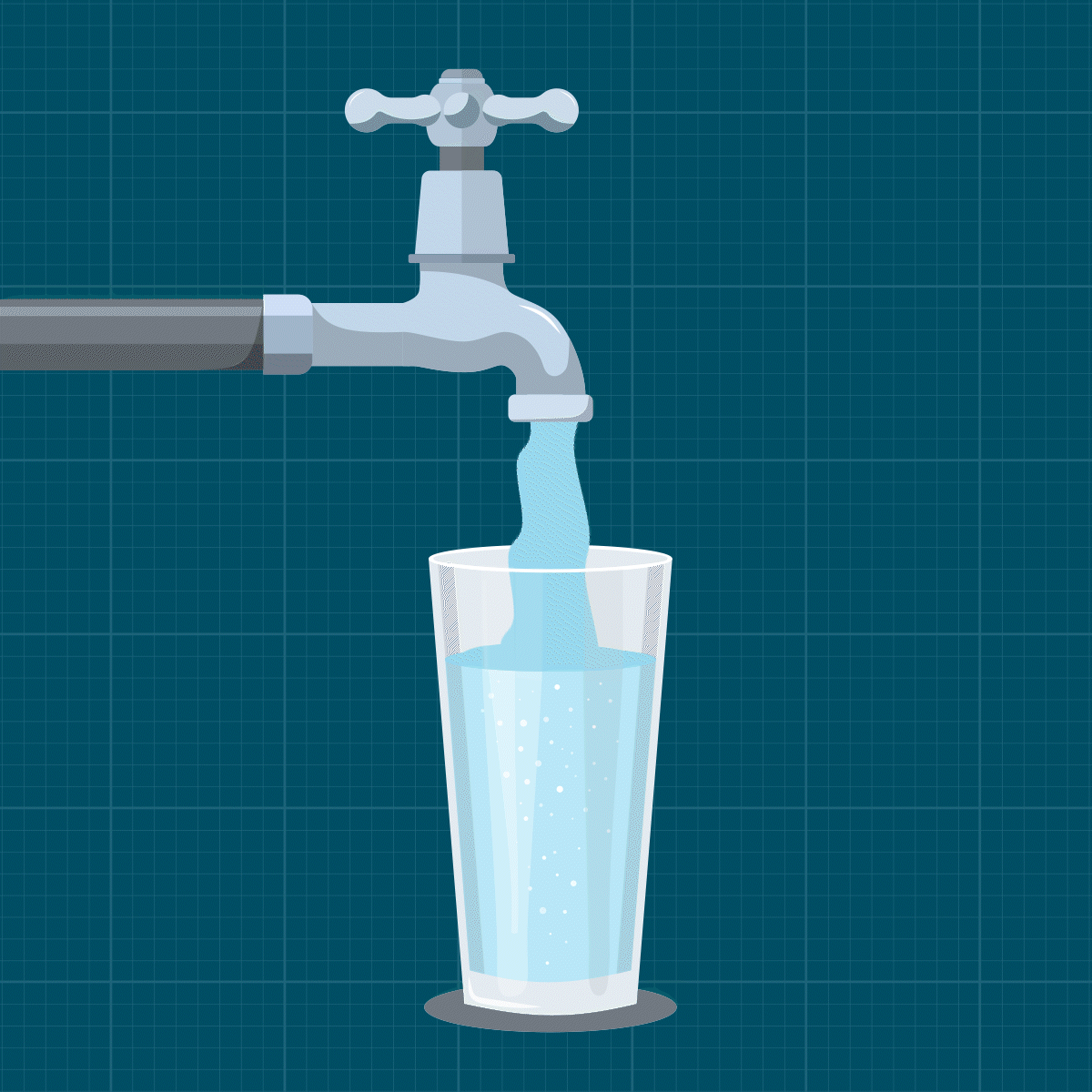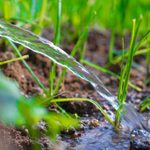Homeowner’s Guide To Well Water Testing

How to initiate well water testing, what contaminants to test for and other safety tips.
I grew up drinking well water and often find it hard to stomach the musty flavors of city tap water. There’s nothing as refreshing as a cold glass drawn from a mountain well.
But having a well also comes with responsibility. Unlike public utility water, well water is not regulated or tested. So it’s up to you to make sure it’s safe.
“Checking well water is important because most contaminants have no taste, smell or color, and testing is the only way to ensure it’s safe to drink,” says Rupa Mehta, a home care expert at Angi.
We consulted experts from the testing, home maintenance and nonprofit oversight industries. Here’s their lowdown on how to make sure you and your family are drinking healthy well water.
On This Page
Why Test Well Water?
It’s common for groundwater to contain contaminants, and many of us overestimate the safety of our water. Almost one-fourth of private wells contain elevated levels of at least one contaminant, according to a U.S. Geological Survey study.
While well water is naturally filtered, it can become unhealthy from:
- Man-made contaminants from agriculture, mines and industry;
- Natural contaminants like arsenic, heavy metals, fluoride and radioactive substances;
- Microorganisms, especially if your well is older or the casing is damaged;
- Depth, since shallow wells don’t naturally filter water as well;
- Contaminants from old plumbing, like lead and copper pipes.
Where Can Well Water Be Tested?
Some homeowners prefer to test their well water with DIY kits. But all three of the experts we consulted strongly recommend testing by a certified laboratory.
“It’s not possible to accurately DIY-test your drinking water,” says Tasha Stoiber, an Environmental Working Group (EWG) senior scientist. “But you will likely collect your own water samples and send them to a certified lab.”
Certain contaminants can be tested for on location, like hydrogen sulfide gas and some bacteria. But for most contaminants, SimpleLab CEO John Pujol says, only a lab test guarantees proper analysis. “Home tests won’t give you a complete set of information and are also notoriously hard to read,” he says.
Who Can You Contact To Test Well Water?
A list of laboratories certified to test drinking water are available from state health departments and the Environmental Protection Agency (EPA). There are also mail-in options, like Tap Score.
Pujol stresses the importance of using a third-party testing facility, versus one with a vested interest in selling you water treatment products. He also says to be wary of free tests.
“A free test that only covers simple parameters like TDS [total dissolved solids] and hardness can be used to make the water appear worse than it really is, and is designed to sell you an expensive system,” he says. “Due to the cheap cost and immediacy of the test, it’s a popular choice for sales-hungry treatment providers.”
How To Test Well Water at Home
Once you choose a lab, they’ll provide a collection kit and instructions on where and how to draw water samples.
“When sampling, follow the instructions carefully,” says Pujol. “You may contaminate the sample if you touch the inside of the sampling container with your bare hands. This could easily lead to a false coliform bacteria detection as the lab equipment is very sensitive.”
What To Test For In Well Water
There are thousands of chemicals, microbes and radionuclides that can appear in well water. The trick is balancing risk vs. budget with the scope of the test. However, your lab will recommend a baseline of contaminants, which will likely include:
- Bacteria, including coliform and E. coli (some health departments also offer free coliform tests);
- Nitrate and nitrite, which are often from agriculture;
- Heavy metals like lead, arsenic, copper and total (or hexavalent) chromium;
- Fluoride, which is unhealthy at higher levels;
- General chemistry, including hard water, pH, alkalinity, total dissolved solids, turbidity, grains per gallon and conductivity.
If you can afford it, it’s also good to test for:
- Forever chemicals (PFAS), volatile organic compounds (VOCs) and other industrial wastes;
- Radioactive particles like radium and uranium;
- Pesticides and herbicides.
Do Contaminants Vary By Region?
Yes, though many are widespread throughout the country.
“Contaminants detected in private wells are often similar to those detected in small water systems in the area,” says Stoiber. “So you might use the tap water database to get an idea of potential contaminants in your groundwater.” SimpleLab also has a City Water Project database.
Also, Pujol says, pay attention to local news and ask your neighbor if they’ve had problems. “Particularly if you’re near agriculture, airports, industry, mines (both old and new), as well as landfills, it’s a good idea to consider additional testing,” he says.
How Often Should Well Water Be Tested?
Once a year, preferably in spring. Plus:
- Before you use a well for the first time, and after any repairs are made to it;
- If there have been contamination problems in your area;
- If your pipes contain lead (a change in pH can also cause it to leach);
- If there is flooding, heavy runoff, wildfires or an earthquake;
- If there are changes in the color, odor or taste of your water.
If you well is old (the average lifespan of a well is 30 to 50 years), Pujol says it might be time to drill a new well.
You might consider testing it more than once a year if:
- Someone in the household is pregnant or nursing;
- You have a shallow well;
- There are nearby ground-disturbing industries, such as fracking.
What Should I Do If My Well Tests Poorly?
If contaminants are detected, installing a water filter will solve most problems. EWG’s water filter guide can help you select the right one for your home. You can also contact your local or state health department for more in-depth guidance.



